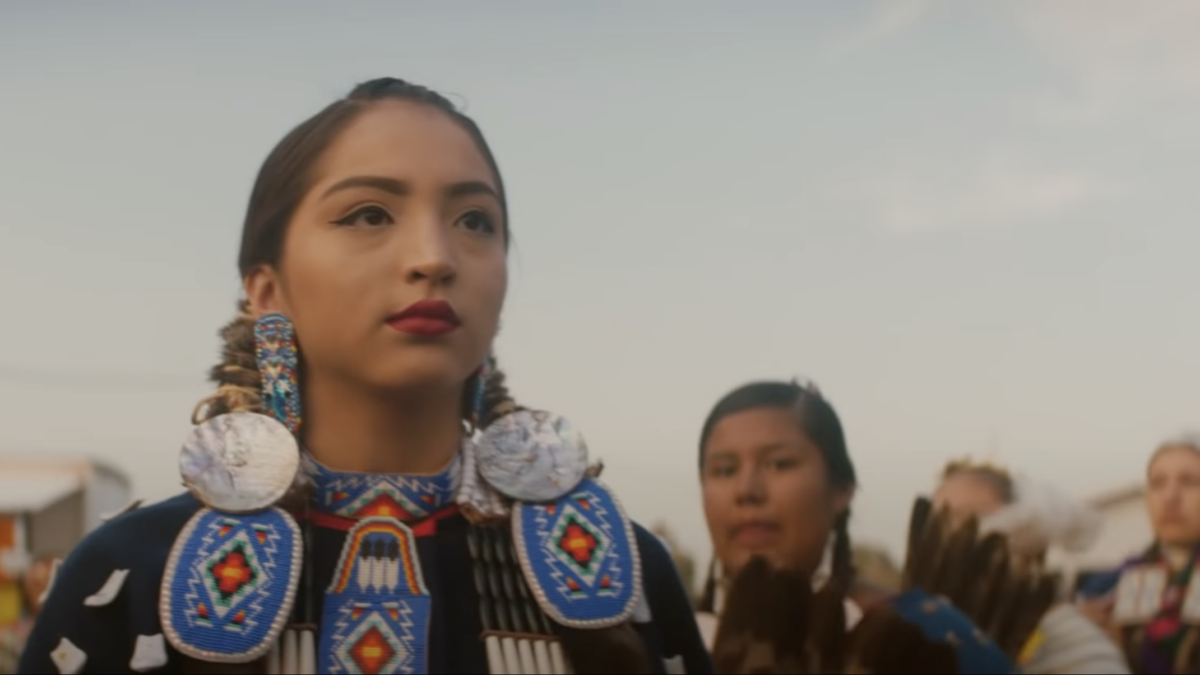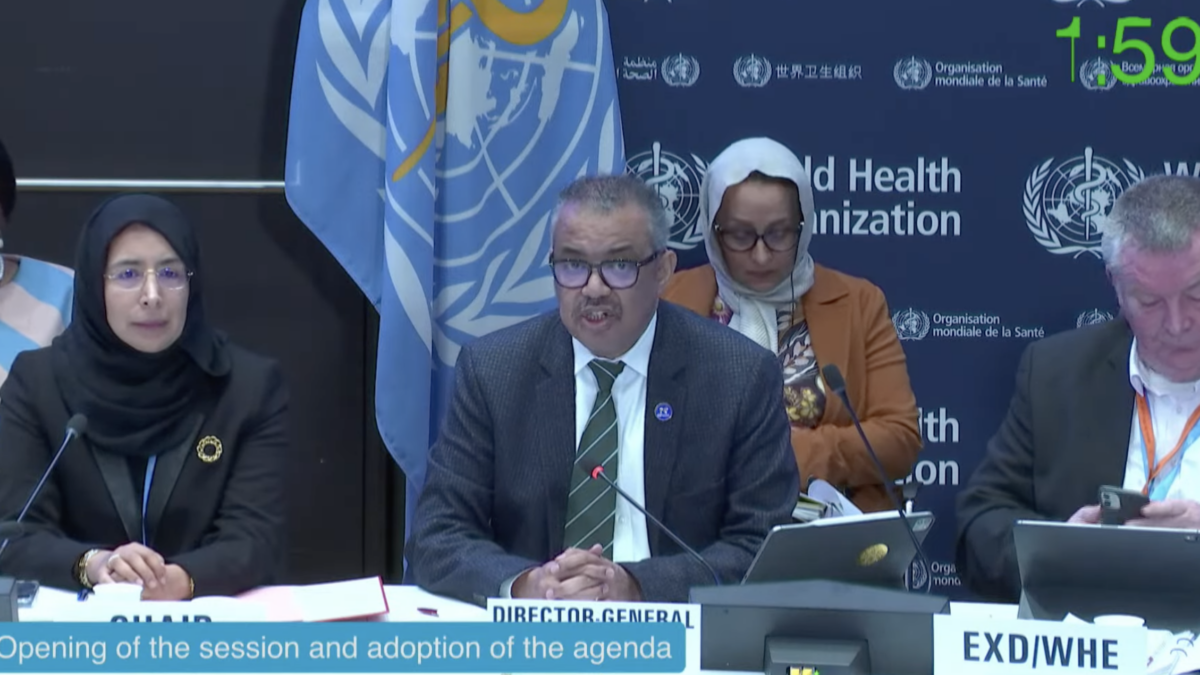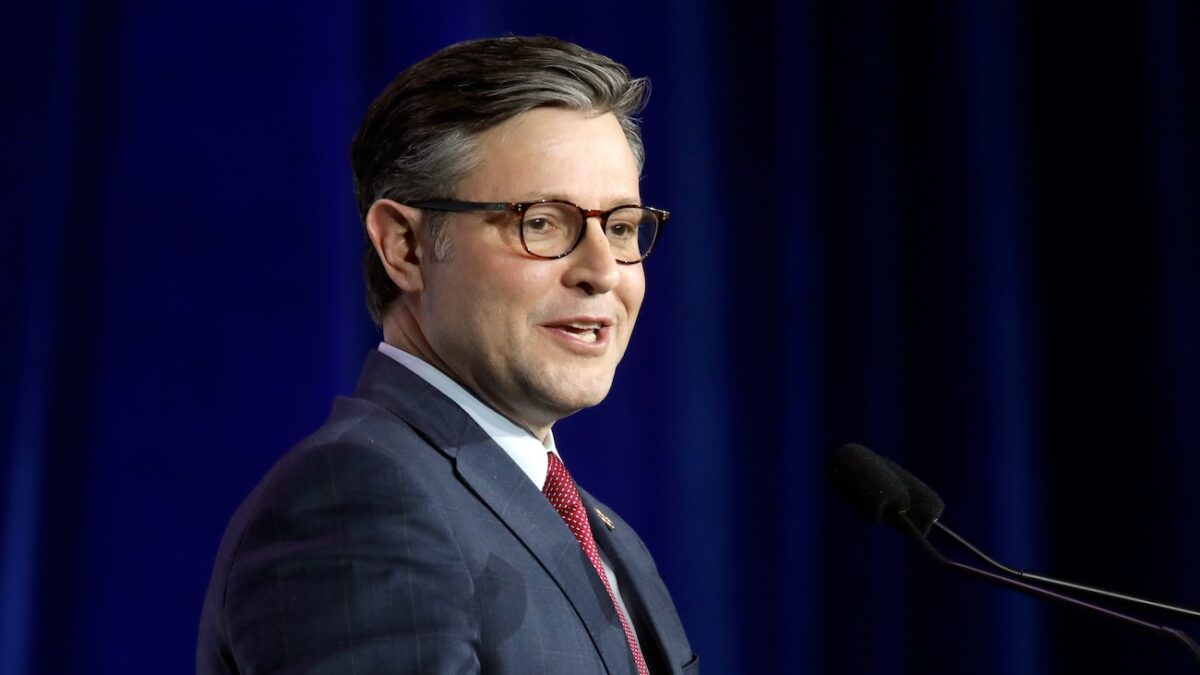Columbus Day used to be a patriotic holiday to celebrate Italian-American heritage and Western civilization. Today, the holiday has been usurped by Indigenous Peoples’ Day. The day to celebrate Columbus has turned into a Columbus hate fest, where on the second Monday of October, people take to Twitter to write “f-ck Christopher Columbus” and vandalize statues of him with graffiti and red paint.
Indigenous Peoples’ Day is often used to draw attention to the challenges facing American Indians. In juxtaposing the holiday with Columbus Day, activists blame modern adversities on Columbus. In truth, the plight of American Indians today has nothing to do with an Italian man who died over 500 years ago. The economic and social issues they face fall squarely on the shoulders of the U.S. government — and I’m not even talking about historical wrongs like the Trail of Tears. Unlike Columbus, whose interactions with American Indians ended half a millennia ago, the federal government continues today to hold many American Indians back. Perhaps the most recent example is that of President Biden, who formally recognized Indigenous Peoples’ Day as a national holiday in 2021 while simultaneously stopping them from profiting off of their land.
‘The Highest Regulated Race’
Today, there are more than 56 million acres of tribal land held in trust by the U.S. government, meaning the government manages the lands allegedly for the well-being of American Indians. “Their relations to the United States resemble that of a ward to his guardian,” wrote then-Chief Justice John Marshall in 1831 as he codified the paternalistic idea of federal oversight of Indian lands in the court’s Cherokee Nation v. Georgia ruling.
Land in trust means it’s not really American Indian land, and the result has been devastating for Indian people. The trust system makes it nearly impossible for Indians to own their own land and homes. Since Indian land is usually owned by the federal government or communally by the tribe, it’s extremely difficult for Indians to build and own a house. Banks won’t likely give a mortgage for land they cannot own and foreclose on.
Lack of land rights also affects economic growth on reservations. Since Indians often don’t own land and homes, they cannot build credit, squashing any dream an Indian has of starting his or her own business. “We are the highest regulated race in the world,” said Conrad Stewart, the energy director for the Crow Nation.
‘A War On Coal Is A War On Crow’
Excessive federal regulations have prevented or ended any economic development projects on the reservations, too. Fox News reports that “Roughly 20% of the nation’s total oil and natural gas reserves, 30% of domestic coal reserves west of the Mississippi River and additional natural minerals — altogether worth about $1.5 trillion — are on Native American lands.” Yet “about 86% of Indigenous land with energy and mineral resource potential remain undeveloped and just 3% of domestic oil production comes from tribal land.”
The wealth generated from the development of natural resource-rich tribal lands could transform the lives of the people who live there, but excessive government regulation stands in the way. “On Indian lands, companies must go through at least four federal agencies and 49 steps to acquire a permit for energy development, compared to as few as four steps off reservations,” said Shawn Regan, the vice president of research at the Property and Environment Research Center. Consequently, many outside investors simply avoid development projects on tribal land.
The Biden administration’s climate hysteria has made things even more difficult for Indians. As long as the land isn’t owned by the Indians themselves, the federal government can restrict and squelch any energy projects taking place on the reservations, which is exactly what Biden has done. The administration has implemented emissions standards and restrictions directed at the coal industry that some tribes, like the Crow Nation, rely on.
“A war on coal is a war on Crow,” Stewart said. “Resource tribes depend on the development of their resources to create better tomorrows for our children.”
“The Crow Nation’s coal and resource assets are worth an estimated $27 billion, likely making it among the largest coal owners worldwide,” reports Fox News, and yet the Crow Nation’s annual return on coal clocks in at less than 1 percent.
Instead of investing in energy that would benefit American Indians, the Biden administration prefers importing from foreign companies whose poor regulations make production actually worse for the environment. “What I don’t understand is why they bring in foreign oil and gas resources from someplace else that has regulation that we would not stand for here in the United States,” Stewart told Fox News. “Then, they turn around and point fingers at the Native Americans and they say, ‘your resources are too dirty.’”
This Isn’t About Funding
American Indians have the highest rate of poverty of any racial group, more than twice the national rate. Many activists attribute this poverty to a lack of federal funding, but the federal government throws billions at reservations to no avail.
The Bureau of Indian Affairs (BIA), nicknamed “Bossing Indians Around,” is one of the oldest, most bloated federal government agencies. Roughly 9,000 bureaucrats work for the Bureau of Indian Affairs and the BIA’s child agency, the Bureau of Indian Education (BIE). As Naomi Schaefer Riley reported in 2016, this means there is one employee for every 111 Indians.
Riley also noted that the government was providing roughly $20,000 per Indian student (the national average for public school students was $12,400), yet BIE school buildings are in disrepair and their students produce “some of the lowest academic results in the country.” Many other federal agencies also send money to reservations, like the Indian Health Service, whose 2023 proposed budget is $9.3 billion.
The crisis on reservations proves no amount of funds can compensate for the government seizing American Indians’ ability to own and cultivate their land. High poverty rates have created a slew of social catastrophes, including high rates of crime, suicide, alcoholism, gang membership, and sexual violence.
According to the CDC, suicide rates of Indian women and men increased by 139 percent and 71 percent, respectively, between 1999 and 2017. Suicide is the second leading cause of death among Indians aged 10 to 24, and on certain reservations, Indian women are murdered at a rate 10 times higher than the nation’s average.
American Indians are suffering, from these and other hardships. The “guardian” federal government has regulated their land into disuse. Unable to own their own land, they cannot take advantage of their energy resources or own their own homes. Without homes they cannot accumulate credit, so they cannot start small businesses. With no small businesses or larger energy projects on reservation lands, there is no economic growth or jobs. With no economic prosperity, many have turned to drugs, gangs, and suicide.
American Indians have every right to be angry on this Indigenous Peoples’ Day, but their anger should not be directed at Columbus (or sports teams’ names). Instead, they should aim their fire at the U.S. government and demand total ownership of their tribal lands.









